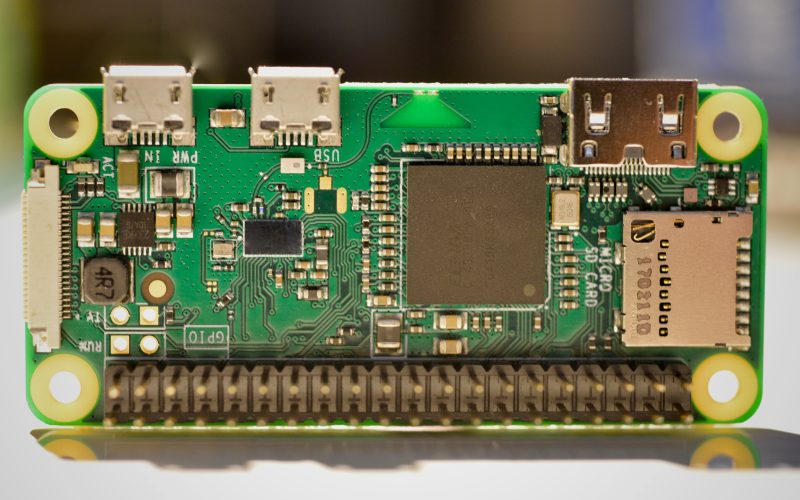Introduction
The telecom industry has always been at the forefront of innovation, constantly striving to improve network connectivity and efficiency. However, with the advent of the Internet of Things (IoT), telecom providers now have access to a whole new world of possibilities when it comes to enhancing their services. IoT devices have revolutionized how we connect and communicate, providing an unprecedented level of data exchange between people, machines, and systems. In this blog post, we will explore how IoT is changing the game for telecom providers in terms of improving connectivity and network efficiency. So sit back and get ready to discover what lies ahead in this exciting new era!
What is the Internet of Things (IoT)?
The Internet of Things, or IoT, is a network of physical devices, vehicles, home appliances, and other items embedded with electronics, software, sensors, and connectivity that enables these objects to connect and exchange data. The potential benefits of the IoT are vast, including increased efficiencies and productivity in industrial and commercial applications, better management of resources and utilities, improved public safety and security, and enhanced quality of life. For telecom providers, the IoT presents an opportunity to improve network efficiency by reducing congestion and providing new revenue streams through new services.
How can IoT be used by telecom providers?
The internet of things (IoT) is a network of physical objects, devices, and sensors that are connected to the internet and can collect and exchange data. This network can be used by telecom providers to enhance connectivity and network efficiency.
IoT devices can be used to monitor the performance of telecom networks in real-time. This data can be used to identify areas of improvement and make changes to the network in order to improve performance. Additionally, IoT devices can be used to create a self-healing network. This means that if there is an issue with one part of the network, the rest of the network can continue to function normally.
IoT devices can also be used to manage customer data usage. This data can be used to create customized plans that offer customers more value for their money. Additionally, this data can help telecom providers identify areas where customers are using more data than they need so that they can make changes to their networks accordingly.
Finally, IoT devices can be used to improve customer service. For example, if a customer is having trouble connecting to the internet, an IoT device could automatically troubleshoot the problem and provide a solution. Additionally, if a customer’s phone battery is low, an IoT device could send them a notification so that they can charge their phone before it runs out of power.
What benefits does IoT offer telecom providers?
The internet of things (IoT) is a term used to describe the network of physical objects—devices, vehicles, buildings and other items embedded with electronics, software, sensors and connectivity—that enables these objects to collect and exchange data.
The IoT has the potential to transform the telecom industry by enhancing connectivity and network efficiency. Here are some of the ways IoT can benefit telecom providers:
1. Improve customer experience: The IoT can be used to gather data about customer usage patterns and preferences. This information can be used to improve customer service and support.
2. Increase operational efficiency: The IoT can help telecom providers optimize their networks and reduce operational costs.
3. Generate new revenue streams: The IoT can open up new opportunities for telecom providers to generate revenue through new services and applications.
4. Enhance security: The IoT can help telecom providers protect their networks from threats and vulnerabilities.
How is IoT being used by telecom providers?
IoT is playing an increasingly important role in enhancing connectivity and network efficiency for telecom providers. By 2020, it is estimated that there will be more than 24 billion IoT devices in use worldwide, which will generate a staggering amount of data. This data can be used by telecom providers to improve their networks in a number of ways.
One way that IoT is being used by telecom providers is to improve network coverage. By using data collected from IoT devices, telecom providers can map out areas where coverage is weak or nonexistent. This information can then be used to deploy additional infrastructure to improve coverage.
Another way that IoT is being used by telecom providers is to reduce congestion on the network. Data collected from IoT devices can be used to identify areas of high traffic volume. This information can then be used to deploy additional capacity or redirect traffic to other parts of the network.
IoT is also being used by telecom providers to improve customer service. By collecting data from customer-facing IoT devices, such as smart meters and routers, telecom providers can gain valuable insights into customer usage patterns and preferences. This information can then be used to tailor services and offers to individual customers, providing a more personalized experience.
Conclusion
IoT technology has the potential to revolutionize the way telecom providers interact with their customers and manage their networks. With real-time data analytics, improved connectivity, and increased network efficiency, IoT is an invaluable tool for modern telecom providers. By leveraging this technology, telecom companies can improve customer satisfaction while also increasing profitability and sustainability. As such, it is clear that IoT will continue to play a key role in enhancing connectivity and network efficiency for telecommunications providers well into the future.












